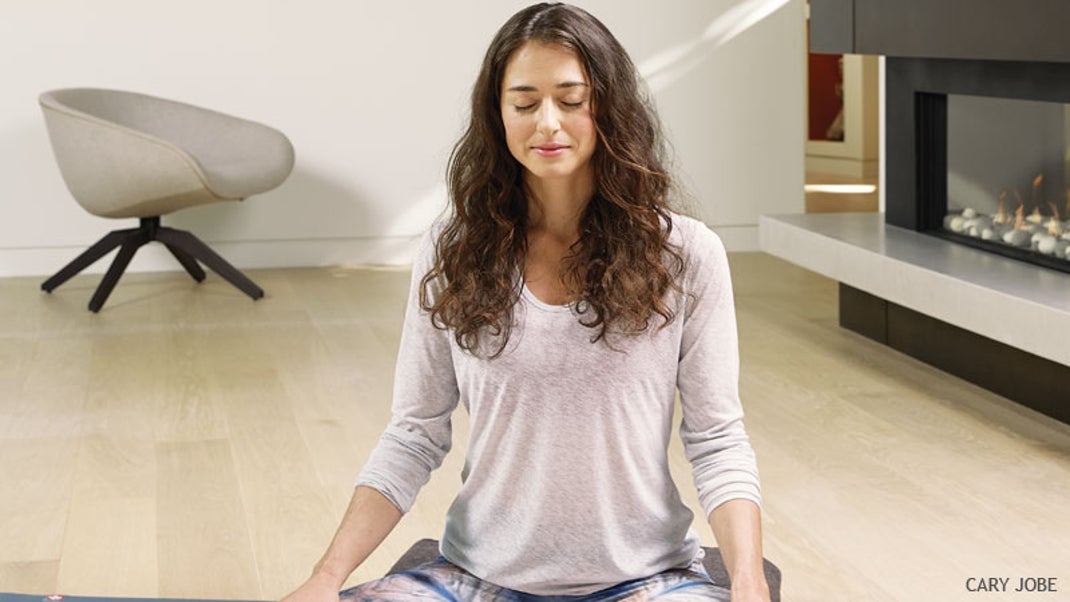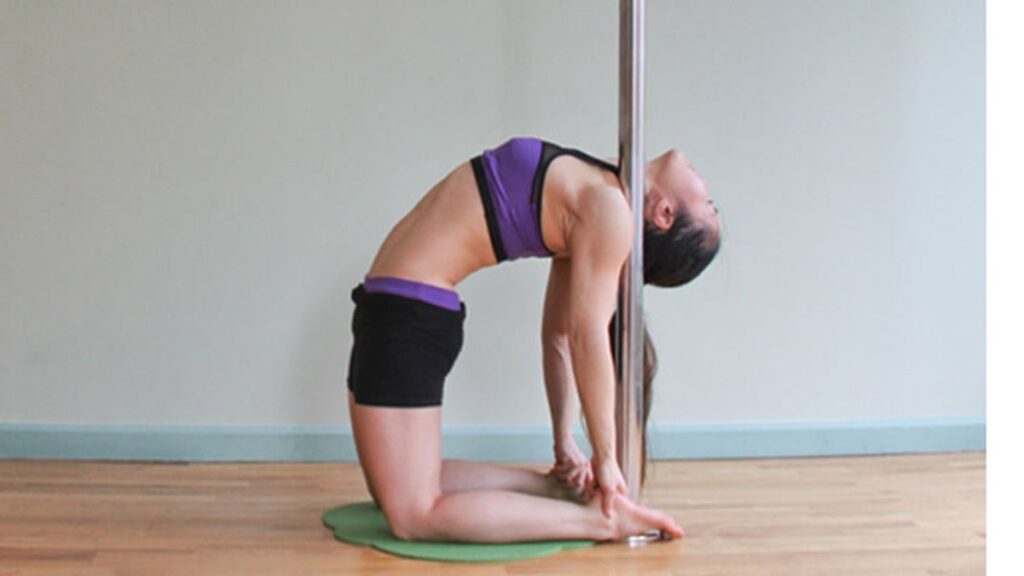We all know that winter can be hard on our bodies and minds. The cold, the dark, the lack of sunshine. All of these factors are responsible for not only an increased incidence of depression but also physical ailments like chronic pain, heart problems, and decreased immunity.
Restorative yoga is a practice that helps to alleviate many of these symptoms by relaxing muscles that have been tense from sitting at desks or being cooped up in offices all day long!
The Importance of Recovery Time In Your Busy Life
When days become shorter and colder, most mammals hunker down, hibernating or just physically moving more slowly through the winter. Not humans. For us, life only gets more frenetic when temperatures drop and the holiday season arrives.
While the challenges that naturally arise in active life can build strength, resilience, and confidence, a critical ingredient to that growth is easy to forget in our hyperproductive culture: recovery time.
“You need to rest, to put it simply,” says the California-based Iyengar instructor, restorative yoga teacher, and sleep researcher Roger Cole. “It allows you to recover fully from all the stresses and strains of life,” he explains—by relaxing muscles, lowering your heart rate, and allowing your nervous system to stop constantly reacting. “People come away from a restorative yoga class not only more relaxed but also more focused and effective,” he says.
Health Benefits of Restorative Yoga
Restorative postures, which are often supported by blocks, blankets, bolsters, and other props, are designed to maximize comfort and allow practitioners to fully let go, which is why they are typically held longer—about 5 to 2o minutes.
They are also arranged with the head below or near the same level as the heart, which helps to stimulate reflexes that quiet the brain and heart. To many frazzled Western yogis, minimizing effort can feel counterintuitive, but there are real benefits to what may seem like doing very little.
Yoga has long been shown to decrease the stress hormone cortisol, which, in elevated levels, is associated with weight gain, high blood pressure, and heart disease.
And a few small studies on restorative practices specifically have shown that it can do the same, and may also help cancer patients fight depression and fatigue. Teachers of the practice witness even deeper benefits from slowing down. For example, Cole’s students often report better sleep for as many as three nights after a class. “Restorative yoga and sleep complement one another,” he says.
Restorative yoga is in fact better than sleep for releasing tense muscles, relieving joint aches, and transitioning the mind and body quickly from stress to calm, says Cole. He continues: “It also teaches conscious control of relaxation.
Sleep is essential for completing the job of full recovery of the nervous system, sorting out memories and emotions, and literally finding meaning in our lives.” In addition to an immediate calming effect, some of Cole’s regular restorative practitioners also notice improved powers of attention and concentration. But the most powerful health benefits of yoga may be harder to measure.
“When the body is deeply relaxed and the nervous system is balanced, the mind is able to engage in our direct experience,” says Bo Forbes, a Boston-based therapeutic yoga teacher, psychologist, and the author of Yoga for Emotional Balance. “Over time, this body-based mindfulness helps us to gain a better perspective on our challenging interactions.”
B.K.S. Iyengar’s Take On Restorative Yoga for Injury, Illness, and Stress
Recovery has always been built into yoga through postures like Savasana, but B.K.S. Iyengar, a father of the modern practice, was the first to systematically develop restorative sequences, which he designed to help people struggling with injury, illness, and overwork. Now you can find restorative classes on most studio schedules.
Gail Grossman, owner of Om Sweet Om Yoga in Port Washington, New York, and the author of the new book Restorative Yoga for Life says, “I tell people that in some ways, this is the hardest class you’re going to take. When you’re still, it’s hard to shut off your mind, and that’s where the real work is. That’s also where you might find the greatest capacity for growth, deep relaxation, and true well-being.”
Grossman developed the following sequence exclusively for Yoga Journal and recommends practicing restorative yoga at least once a week to see lasting benefits. Allow enough time to experiment with positioning, and try to let go—at least temporarily—of the need to strive.
Conclusion:
There are many benefits to practicing Restorative Yoga. It can help reduce stress levels, cortisol levels, and may also help cancer patients fight depression and fatigue. Restorative yoga is also better than sleep for releasing tense muscles, relieving joint aches, and transitioning the mind and body quickly from stress to calm.
In addition to an immediate calming effect, some of Cole’s regular restorative practitioners also notice improved powers of attention and concentration. The most powerful health benefits of yoga may be harder to measure, but they include gaining a better perspective on challenging interactions and a deeper sense of relaxation and well-being. If you are looking for ways to reduce your stress levels this winter, consider adding Restorative Yoga classes to your schedule!





